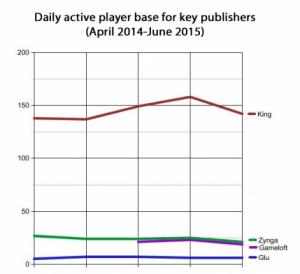Instagram has become an increasingly important platform for brands with adoption rates for brands projected to reach 70.7 percent by 2017. App marketers have already been using the platform for user acquisition to great effect, finding the app to be an easy segue to a download.
“Instagram can be a highly effective channel for app user acquisition,” said Michael Oiknine, co-founder and CEO of Apsalar. “I see four key strengths: engaging, action-oriented ad formats, precision audience targeting based upon a broad range of user characteristics, streamlined ad management via the Facebook Ads Manager, and spend flexibility to accommodate both large and niche ad budgets.”
“But UA is only part of the story,” he says. “We’re also seeing more and more clients interested in using our audience creation and delivery tools to deliver targetable audiences to the Facebook Ads Manager for remarketing across all of the Facebook properties, including Instagram.”
Plenty of gaming brands have been leveraging the platform to engage with fans, facilitate promotions and showcase their products in many different ways. Here are some of Instagram’s top performers doing just that.
5. Razer
Razer demonstrates their command of Instagram with masterful product photography and consistency, keeping their feed chic and cool. With 443,000 followers, gamers love keeping tabs on this peripherals company.
https://instagram.com/p/9Gq6soOvz_
https://instagram.com/p/850BiGOv2M
4. Nintendo
Is it at all surprising that Nintendo rises to the top of this list The game company s culture translates perfectly to the visual platform. The proof 772,000 followers.
Fans follow for cosplay, Amiibo, and a glimpse into what s happening behind-the-scenes.
https://instagram.com/p/8q0oikMYz1
https://instagram.com/p/4H89eRsY2O
3. Xbox
Coming in at 1.2 million followers, Xbox’s Instagram runs the gamut from artsy takes on the Xbox One controller, event photography, game culture and more.
https://instagram.com/p/6u8lDDLnaO
https://instagram.com/p/7iXGQrLnSn
2. PlayStation
PlayStation’s Instagram bio promises product photos, event coverage and some behind-the-scenes action, too. They certainly deliver. Recently celebrating their 20th anniversary, the feed has been filled as of late with impressive PlayStation-themed cakes and cupcakes.
https://instagram.com/p/7bjc5DFZPZ
https://instagram.com/p/8Nl72EFZDr
1. Clash of Clans
With over 2.1 million followers and the notable title of the only game on this list, Supercell’s Clash of Clans is inarguably ruling Instagram. Clash of Clans‘ Instagram feed is filled with photos of the game s event participation as well as memes. Fans of the game follow to keep an eye on the game s upcoming promotions.
https://instagram.com/p/7zzvPZjoKR
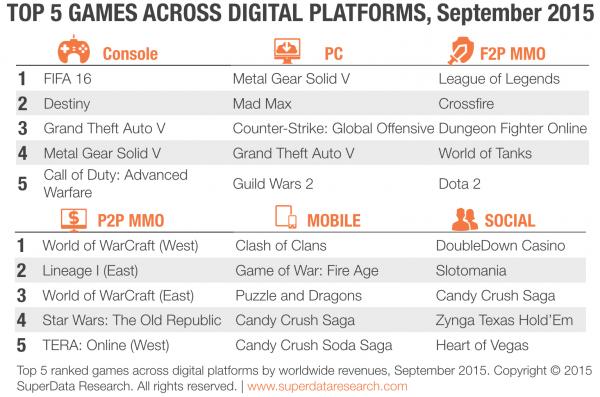
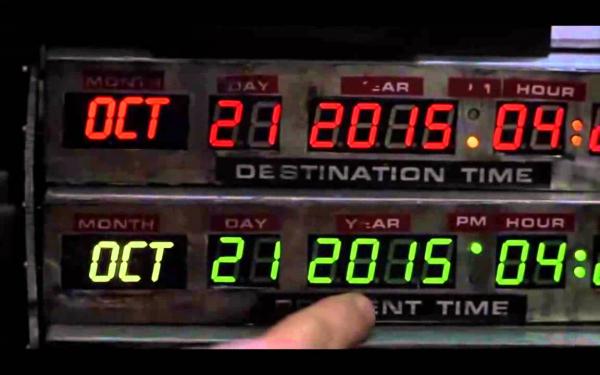
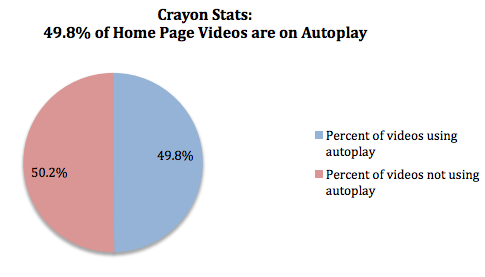
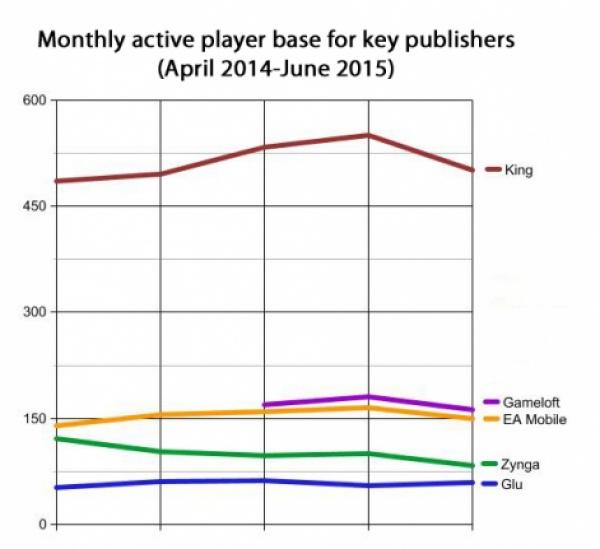
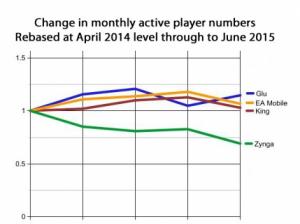 As for changes in monthly active players, it appears that Glu has managed to maintain great consistency with its games, while EA and King hold moderately steady. Meanwhile, Zynga shows a somewhat consistent drop with its titles, while Gameloft’s numbers are missing from the report.
As for changes in monthly active players, it appears that Glu has managed to maintain great consistency with its games, while EA and King hold moderately steady. Meanwhile, Zynga shows a somewhat consistent drop with its titles, while Gameloft’s numbers are missing from the report.